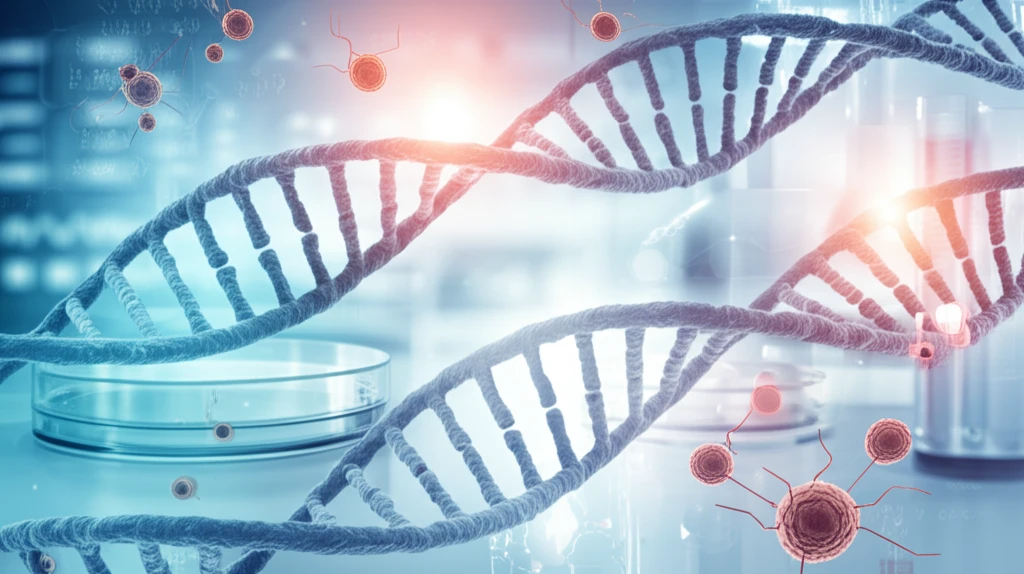
Decoding Candida: How Molecular Identification Can Revolutionize Yeast Infection Treatment
"Unraveling the complexities of Candida species through advanced diagnostic methods for targeted and effective treatment."
Candida, a genus of yeasts, encompasses a wide array of species, with some, such as C. albicans, C. glabrata, and C. tropicalis, being frequently implicated in human infections. These infections, collectively known as candidiasis, can manifest in various forms, ranging from superficial mucosal infections to life-threatening systemic invasions. With increasing antifungal resistance and a growing population of immunocompromised individuals, accurate and rapid identification of Candida species has become paramount.
Traditional methods of Candida identification, such as phenotypic testing, have long been the cornerstone of laboratory diagnostics. However, these methods often fall short in differentiating closely related species or identifying less common Candida variants. Molecular methods, particularly PCR-based techniques, offer a more precise and reliable approach to Candida identification, providing valuable insights into species diversity and antifungal susceptibility profiles.
This article delves into the realm of molecular identification of clinical Candida isolates, highlighting the significance of simple and randomly amplified polymorphic DNA-PCR (RAPD-PCR) in revolutionizing the diagnosis and treatment of candidiasis. By exploring the advantages and limitations of different identification methods, we aim to shed light on the future of Candida diagnostics and its implications for patient care.
Why Accurate Candida Identification Matters?

Candida infections are more than just a nuisance; they can pose serious health risks, especially for those with weakened immune systems. Understanding the specific species causing the infection is crucial because different species respond differently to antifungal medications. What works for C. albicans might not work for C. glabrata, highlighting the need for precise identification.
- Phenotypic Methods: Traditional techniques based on observable characteristics (colony morphology, germ tube formation).
- Molecular Methods: Advanced techniques that analyze DNA, such as PCR and RAPD-PCR, for species identification.
- CHROMagar Candida: A differential culture medium aiding in the presumptive identification of C. albicans and C. krusei.
- Vitek 2 YST System: An automated system based on biochemical reactions for yeast identification.
The Future of Candida Diagnostics
Molecular methods are poised to become the gold standard in Candida diagnostics, offering unparalleled accuracy and speed. As technology advances and costs decrease, these methods will become more accessible to clinical laboratories, transforming the way yeast infections are diagnosed and treated. This shift will empower healthcare professionals to make informed decisions, leading to better patient outcomes and a reduction in the burden of candidiasis.
